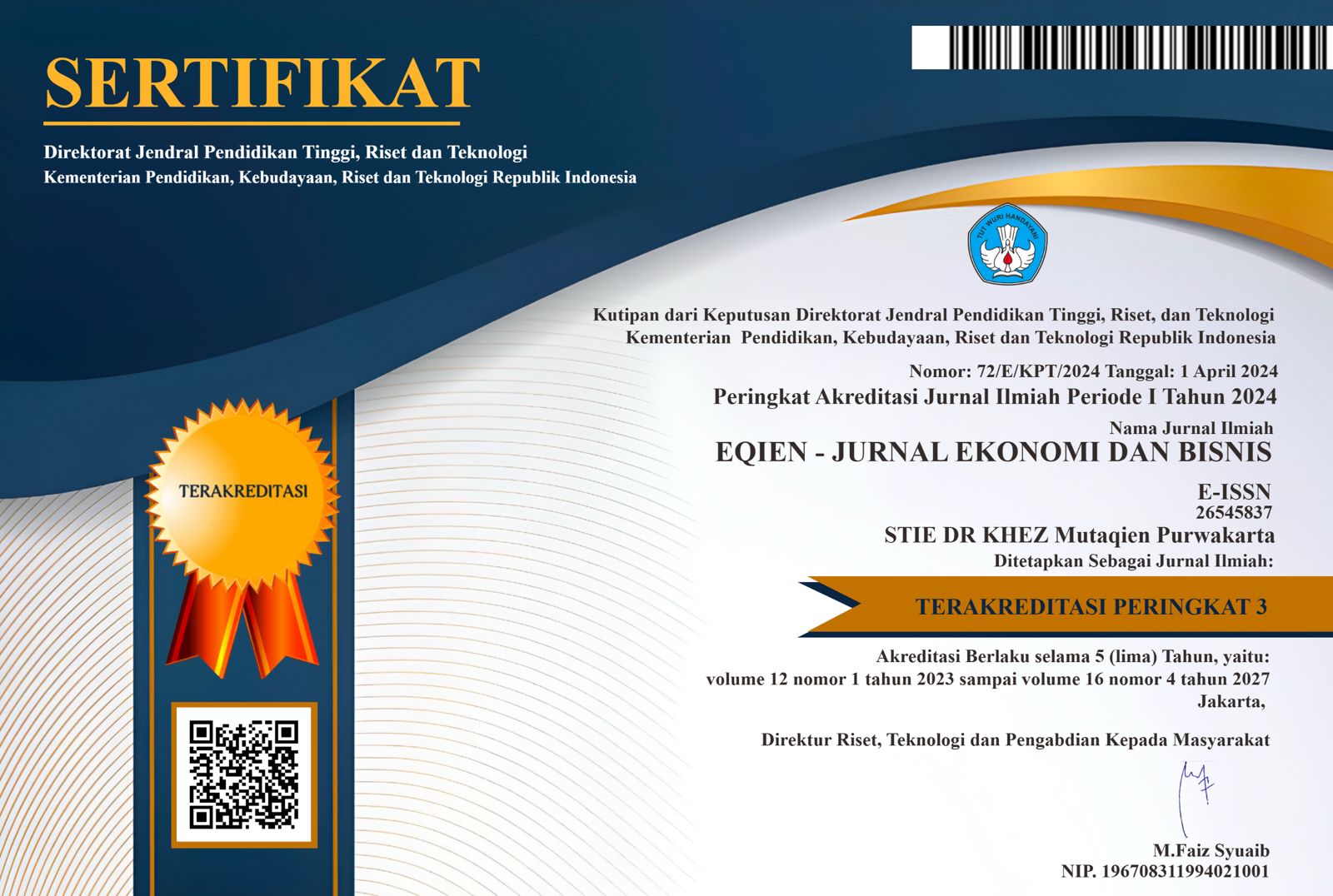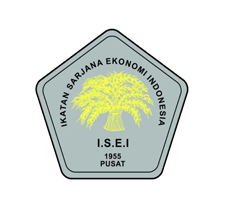Analisis Dampak Pembangunan Jalan Alternatif Langkat-Kabupaten Karo Terhadap Peningkatan Daya Tarik Tempat Wisata dan Kesejahteraan Ekonomi Komunitas Lokal
https://doi.org/10.34308/eqien.v13i02.1813
Keywords:
Infrastructur, Sustainable Tourism Development, Economy, Local ComunityAbstract
Infrastructure plays a crucial role in regional development, facilitating the growth of tourism and the economy. The alternative road between Langkat and Karo District aims to enhance distribution equity and tourism potential. This study aims to evaluate the impact of developing this alternative road on enhancing the attractiveness of tourist spots and the economic welfare of the local community. The research methodology employed is an exploratory qualitative approach, involving data collection through observation and interviews, as well as the use of triangulation techniques to ensure data validity. The findings indicate an increase in the attractiveness of tourist destinations in Pamah Simelir, characterized by the growth of new tourist spots and an increase in the Original Revenue (PAD) of Langkat District through recreational and sports fees. Additionally, there has been an increase in job absorption and income for the local community around the area. The main conclusion of this study is that the development of the alternative road between Langkat and Karo District has a significant positive impact on local tourism and economy. The implications of this research underscore the importance of sustainable infrastructure development to support economic growth and the welfare of the local community.










